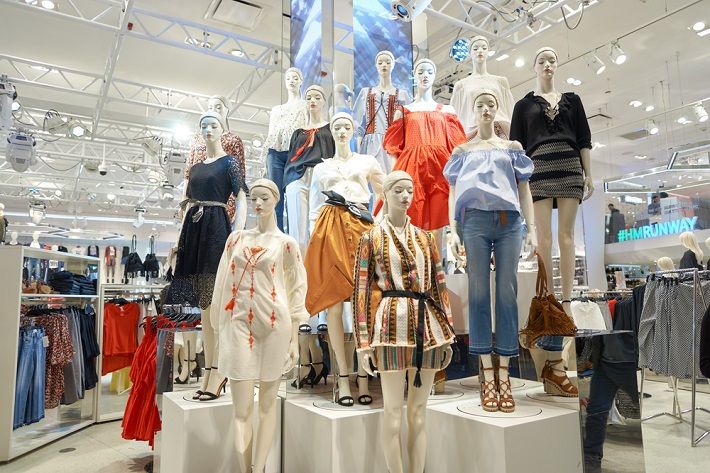US retailers need to apply fast fashion approach to succeed: Study

The Alvarez and Marsal (A&M) Consumer and Retail Group surveyed approximately 500 consumers in the US to understand changing behaviours in identifying and obtaining trends quickly. The study also found that respondents ages 18-44 would compromise brand loyalty for immediacy when shopping for trends. Moreover, nearly half of all respondents said that they will choose another retailer if a trend is not available with their first choice of brand and only 30 per cent said that will check back with the same retailer for the same trend again, thus indicating that not providing items that match trends quickly and accurately will cost retailers dearly.
The study recommended a few initiatives that companies could take to grow in the present retail environment. The first is that retailers can run a compressed calendar in order to supply trends to customers whenever they want it. Doing so would require faster decision-making, quicker design iterations, a single iteration of product samples, fabric positioning, some reliable partners that can operate smaller unit runs faster, speedy warehouse and distribution turns, and fast shipments to customers, as per the study.
Retailers should also pay attention to enhancing their technology and design resources, so that companies are able to shrink their timelines and improve speed-to-market aligning nearer to manufacturing partners. Moreover, by utilising sophisticated data and analytics, retailers will be able to have the right product in the right place at the right time.
Sellers should also be able to note and react to rising and developing trends as fast as possible, which means ‘doubling down’ when a style is winning customers and cutting losses when the adoptions and turns are not working. Lastly, all internal and external stakeholders need to be aligned and built in a way that supports a flexible, shortened production timeline.
Internally, design, merchandising, planning, and senior management must be quicker in their approach to concept design, style components, concept adoption, and launch. While externally, a strong relationship with supply network players such as raw material partners, factory manufacturers, packaging partners through to regulatory and quality compliance partners is required to meets the demands of the ever-changing market.
Fibre2Fashion News Desk (NB)
































-Ltd..jpg?tr=w-120,h-60,c-at_max,cm-pad_resize,bg-ffffff)





.jpg?tr=w-120,h-60,c-at_max,cm-pad_resize,bg-ffffff)
.jpg?tr=w-120,h-60,c-at_max,cm-pad_resize,bg-ffffff)






